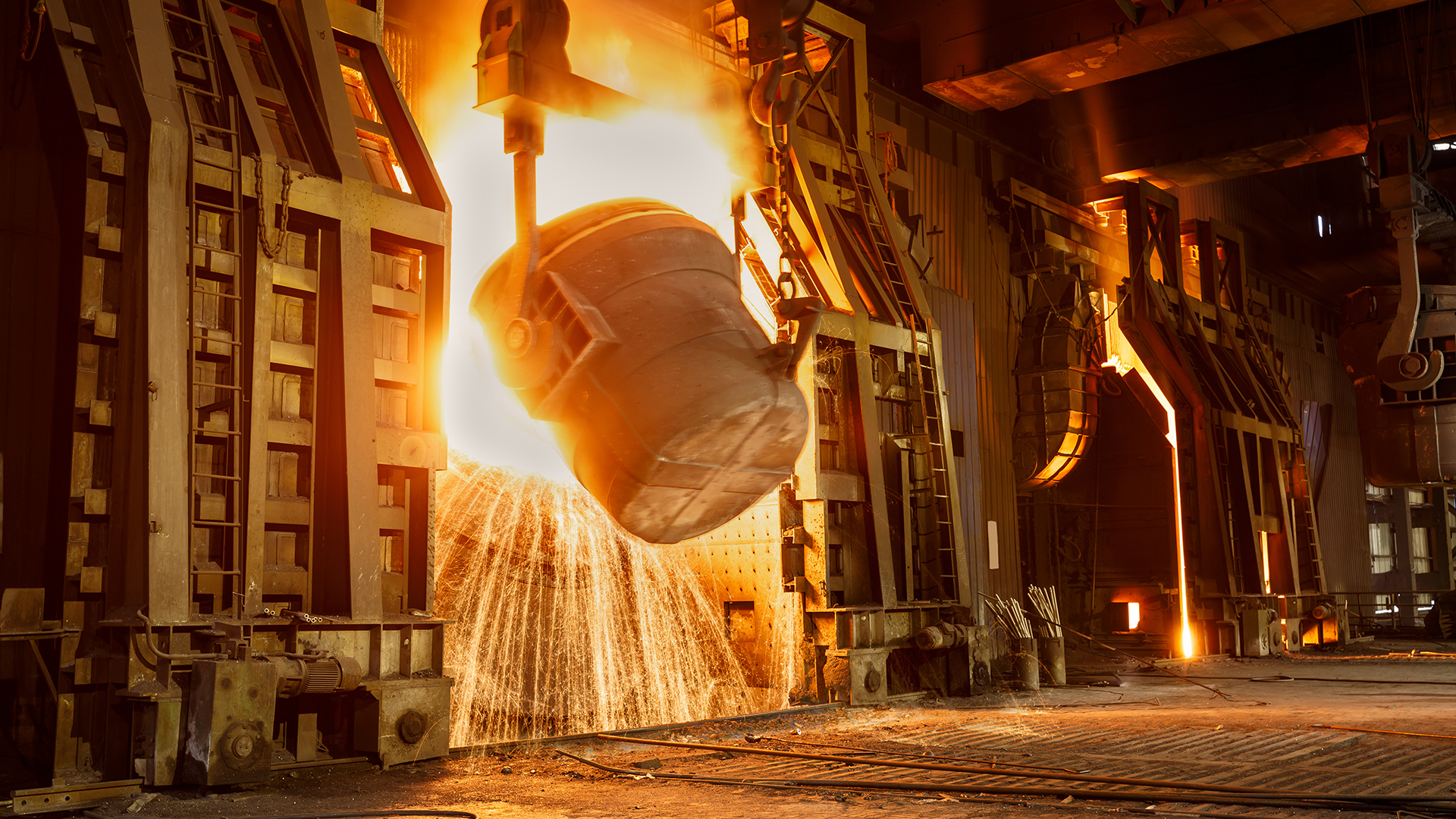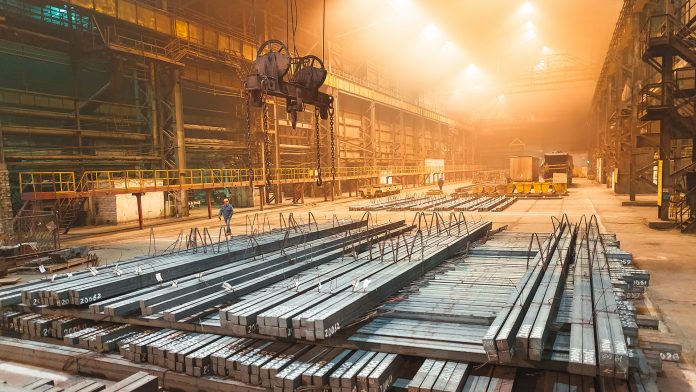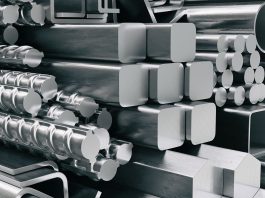A new Japanese study has investigated if transitioning to green steel production could effectively reduce carbon emissions.
Led by Dr Takuma Watari, a researcher at the National Institute for Environmental Studies, Japan, who is currently working with the University of Cambridge, the research focused on the steel industry in Japan, analysing the practicality of switching from traditional steel to near carbon-neutral steel and its impacts on the environment.
Steel production is one of the primary drivers of emissions
Steel is one of the most essential materials on Earth, critical for developing cars, buildings, and a range of technologies. However, steel is also responsible for 7% of greenhouse gas emissions globally. To combat this, in 2021, 45 countries agreed to pursue near-zero emission steel in the coming decade, but how feasible is this goal?
Japan has set a target of a 46% reduction in emissions from steel by 2030, eventually aiming to achieve zero emissions by 2050. However, these ambitions are dependent on future innovations in carbon capture and storage (CCS) and hydrogen-based technologies – which are not currently advanced enough.
Dr Watari explained: “These technologies still face serious technical, economic, and social challenges and have yet to be implemented at scale. And importantly, it is highly uncertain whether there will be sufficient non-emitting electricity to use these technologies. We need to confront the possibility that technological innovations might not be ready in time to allow us to maintain current levels of steel production whilst cutting emissions to zero.”

Switching to green steel would reduce production by 50%
For the study, the researchers mapped the current flows of steel in Japan’s industry and utilised a model to reveal how the industry would be affected if a strict carbon budget were to be applied. This revealed that with current practice, the quantity and quality of steel produced would reduce significantly under a zero-emission carbon budget.
This is due to insufficient resources and the practice of downcycling – where steel scrap containing impurities is reused to develop new products. However, it is challenging to remove these impurities, meaning new products have worse quality and functionality than the original steel.
Dr Watari added: “Zero-emission steel production is possible by 2050, but in limited quantity and quality compared to current total production. This is due to the limited availability of zero-emission compatible resources and downcycling practices of scrap steel.”
The findings suggest that embracing green steel would mean that steel production would be significantly restricted compared to today – about half of the current levels – with higher-quality steel production being the most affected.
Novel materials and reducing consumption will be key to climate goals
The researchers explained that there is no technological silver bullet currently for establishing large-scale green steel production. Instead, strategies to reduce demand, shift our culture of steel use, and improve material efficiency will be key. In addition, we must upcycle to manufacture high-quality steel from scrap.
To achieve this, collaboration will be needed between producers and consumers, and steel products could be made more resource-efficient if they are designed to last long or to be lightweight. Moreover, once steel products reach end-of-life, advanced sorting and shredding to remove impurities could be employed to upcycle.
Dr Watari concluded: “We do not deny the need to invest in innovative production technologies. Rather, what we want to highlight is that we should look for far more strategic options instead of simply relying on silver bullet production technologies. Placing material efficiency and upcycling at the heart of decarbonisation plans can reduce the over-reliance on innovative production technologies and prepare for the risk that these technologies may not scale up sufficiently in time.”









